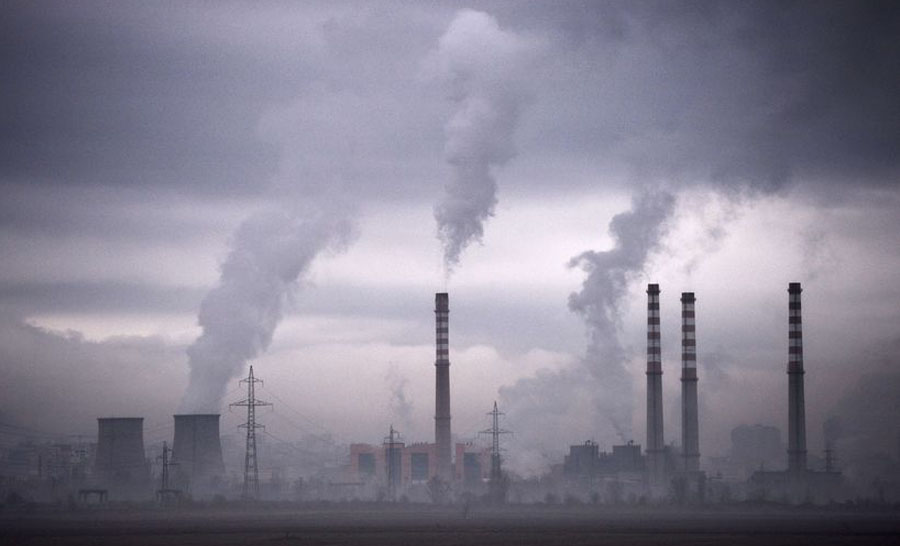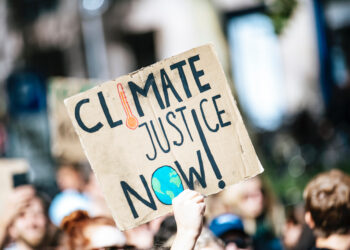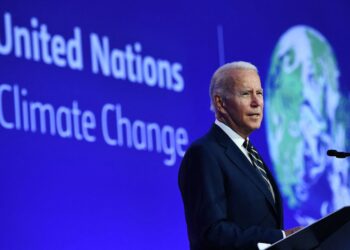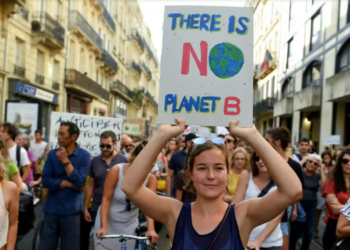Two events this month have brought renewed attention to the question of how we might address the potentially catastrophic problems created by climate change. The first was the award of the Nobel prize in economics to Professor William Nordhaus who has long studied carbon pricing and is an ardent supporter of carbon taxes. The second was the publication of a United Nations report that implicitly endorsed Nordhaus’ work and warned that we need to put a high price on carbon to have any hope of getting global warming under control. There are two ways to address this problem: with price-control or with quantity-control.
Before we can dig into the merits of each, we first need to understand what economists mean by the term “externality.”
Positive and Negative Externalities
An externality occurs when an individual or firm is involuntarily affected by another party’s decision who is not held accountable for the effect he imposes on others. Externalities can be positive or negative.
A positive externality arises when, for instance, the beautiful rose garden in Mr. X’s front lawn gives sensory pleasure to Ms. Y when walking by this lawn. Mr. X bears the costs of the garden but some of the benefits spill over to Ms. Y, who pays nothing to Mr. X for enjoying the sight and smell of the roses.
A negative externality occurs when Mr. X smokes a cigarette in the vicinity of Ms. Y. Even though the cigarette smoke adversely impacts Ms. Y, she had no say in Mr. X’s decision to smoke nor does Mr. X compensate her for the ill effect she suffers.
Economic Problem
Even though externalities can be positive or negative, the ones that typically concern society are the negative ones. In this regard, the phenomenon of climate change is an economic problem because there is a significant negative externality associated with this phenomenon.
The problem is that virtually everything we do these days involves the combustion of fossil fuels that results in carbon dioxide (CO2) emissions. These gradually accumulate in the earth’s atmosphere and lead to many negative impacts. The negative externality is that those who produce the CO2 emissions do not pay to produce these emissions and those harmed are not compensated.
Oil & gas producers countries need to diversify their economies and be less dependent on #fossil fuels, new @IEA report shows https://t.co/ad6WnUSZ6e To achieve the goals of the #ParisAgreement we need to make a rapid shift to #renewable & #CleanEnergy pic.twitter.com/KNMZaAoEZQ
— UN Climate Change (@UNFCCC) October 25, 2018
How do we ameliorate the negative impacts stemming from this externality? My research shows that there are two ways of addressing the problem: one can either use a price-control instrument or a quantity-control instrument.
A tax is a price-control instrument because it alters the price of an activity or good on which it is levied. A quota is a quantity-control instrument as it puts a ceiling on the amount of an activity or good whose use we would like to curtail. With regard to climate change, those preferring a price-control instrument like policymakers to use a carbon tax. In contrast, those who prefer a quantity control approach tend to favor a cap-and-trade scheme.
As noted by William Nordhaus, the basic idea behind either a tax or a cap-and-trade scheme is to ensure that emitters of CO2 face the right “carbon prices.” This means that individuals need to be provided with incentives (read: a price they have to pay) to alter their behavior in ways that reduce emissions of CO2 and other greenhouse gases.
Carbon Tax
The central idea behind a carbon tax is straightforward. When a firm (or other entity) burns fossil fuels, this combustion leads to some CO2 entering the atmosphere. A carbon tax is levied on the CO2 content of the fuel that is burnt.
In other words, policymakers directly tax CO2 emissions and this is very much like taxing the gasoline that firms and individuals standardly use.
Cap-and-Trade Scheme
A cap-and-trade scheme begins with legislation that puts a quota on the maximum allowable CO2 and other greenhouse gases in a particular time period. Next, policymakers issue a limited number of permits that authorize the holder of a permit to emit a specified amount of CO2 or other greenhouse gases. The next step is the ingenious one. In addition to obtaining emissions permits, firms (and other emitters) can buy and sell or trade permits.
Permits are scarce by design and the point behind trading them is to ensure that firms who want to buy them, the heavy emitters of CO2, are able to pay a price to obtain them from selling firms, the less heavy emitters.
The price at which permits are bought and sold can be determined by setting up an exchange where buyers and sellers meet and agree on prices. Cap-and-trade schemes based on these ideas have been used in the real world. The available results show that such schemes are certainly able to reduce CO2 emissions and thereby address the negative externality alluded to above.
Tax or Trade?
In an environment of certainty, it does not matter whether policymakers use a carbon tax or a cap-and-trade scheme to reduce CO2 emissions. Both policy instruments lead to the same outcome, namely, they lead to the same amount of CO2 and other greenhouse gas emissions and at the same price.
However, when policymakers are uncertain about some aspect of the regulatory environment, the two instruments produce different results in that either the price at which emissions reductions are obtained is known but not the quantity of emissions reductions or vice versa.
In other words, the central difference is that with a cap-and-trade scheme, a policymaker is certain about the total amount of CO2 emissions but not the price of the individual permits. In contrast, with a carbon tax, the policymaker is certain about the price at which CO2 emissions reductions are obtained but not the total quantity of emissions. There are other differences as well. For instance, the revenue obtained from a carbon tax can be used to reduce other taxes in the economy or to reduce existing government debts.
This state of affairs raises a salient question: which is the better way to address the global warming problem?
The honest response to this question is that a meaningful answer cannot be given without first knowing the political and the institutional settings in which this decision is going to be made. In some jurisdictions, a carbon tax may be easy to design and implement. In others, taxes may be non-starters and hence a cap-and-trade scheme may make more sense.
Even so, considering all the evidence, I believe that more often than not, a carbon tax is likely to be the preferred policy instrument for effectively fighting climate change.
Disclaimer: The views and opinions expressed here are those of the author and do not necessarily reflect the editorial position of The Globe Post.





















